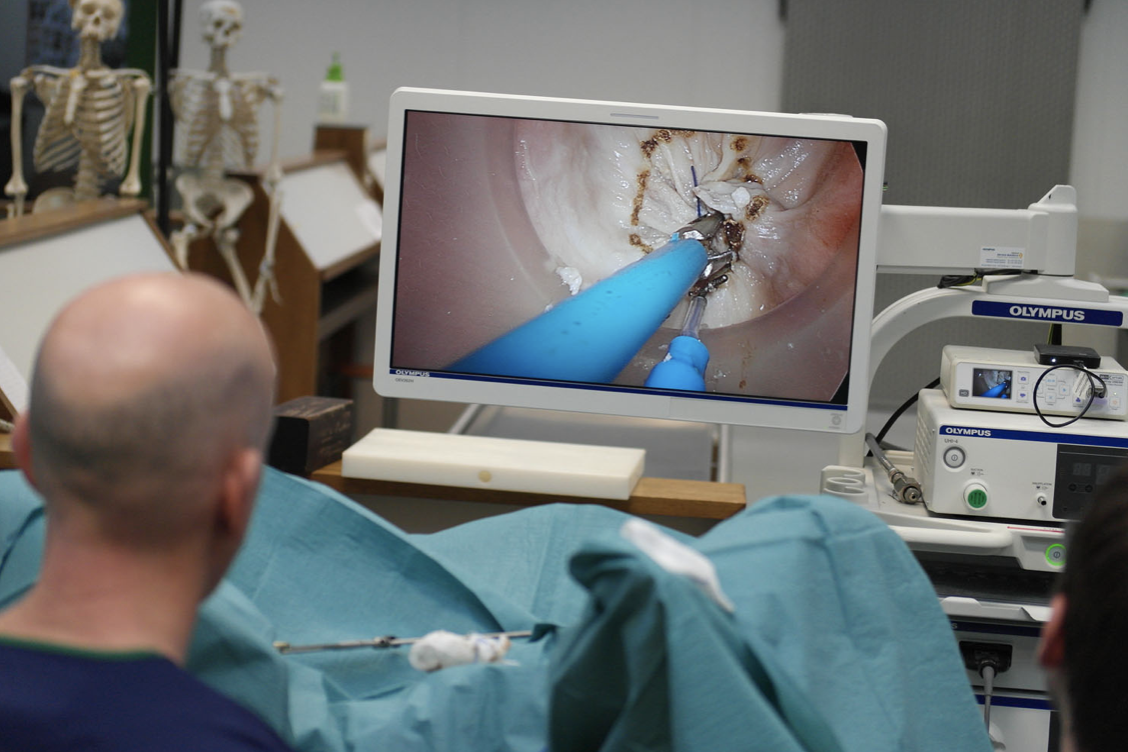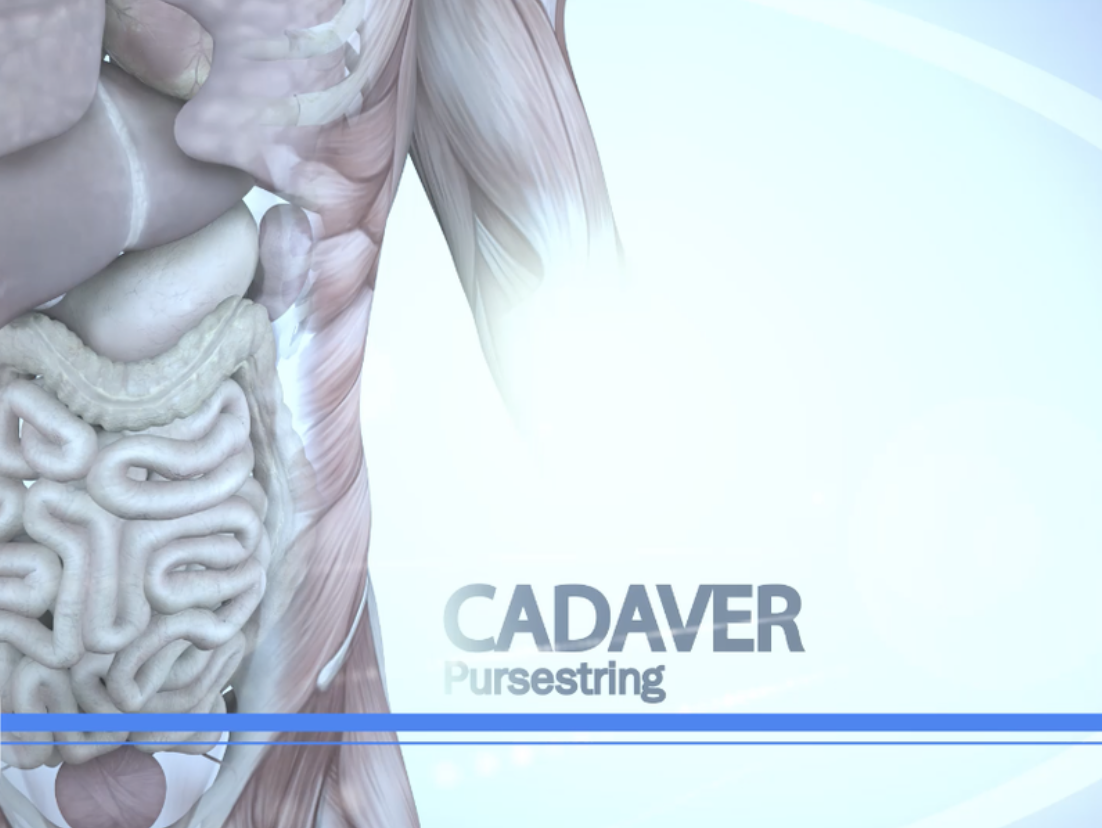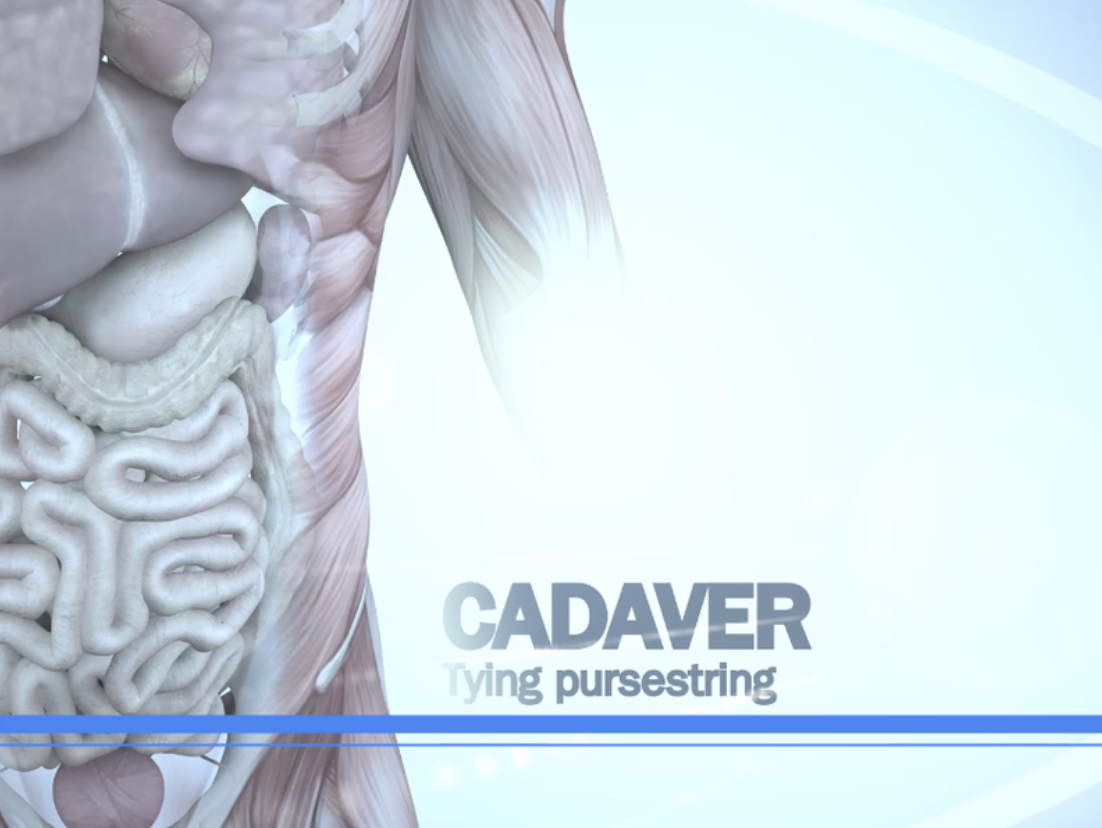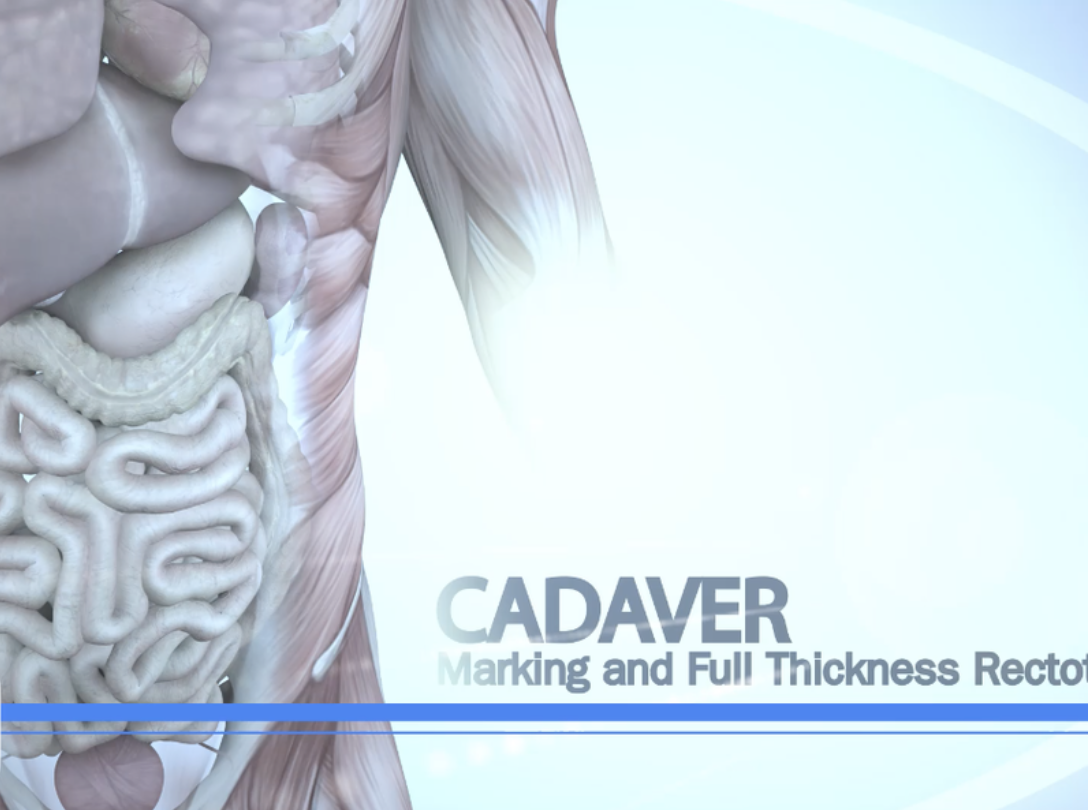Cadaver lab TaTME
Mathieu D’Hondt
Mohammed Abu Hilal
Competency Based Modular Training in TaTME technique
In our opinion optimal Competency Based Modular Training in TaTME technique includes:
1. Online preparation
2. Dry lab training
3. Cadaver training
4. Proctorship
Cadaver training is a crucial step in becoming well trained in the technique of TaTME. These sessions are expensive and are most efficient when trainees are well prepared.
Dissection in a cadaver is comparable to dissection in a real patient, following the same steps. An expert in TaTME should guide the trainee through these steps and should evaluate the procedure using a standardized evaluation form. Also the trainee should fill out a self-assessment score for all parts of the procedure. We consider the GAS forms (Global Assessment Score) for trainee and trainer, as proposed in the Educational Consensus Workshop in Bristol (10-2015), as the best available and therefore we include them at the bottom of this page to be used.
Transanal phase of TaTME in a cadaver dissection
Set up and start
- E1. Appropriate patient positioning
- E2. Correct Set-up of transanal platform
- E3. Purse-string creation
- E4. Marking and full thickness rectotomy
- E5. Mucosectomy / Intersphincteric dissection
Complete TME dissection
- E6. Safe dissection of the posterior plane
- E7. Safe dissection of the anterior plane
- E8. Safe dissection of the lateral plane
- E9. TME dissection performed in a step-wise fashion in order to remove the specimen like a cylinder
- E10. Connection between the abdominal and perineal teams
Anastomosis (A. Handsewn - B. Stapled)
- E11. Safe eversion - delivery of proximal rectum without rupture
- E12. Handsewn coloanal - colorectal anastomosis
- E13. Stapled anastomosis : creation of purse-string
- E14. Stapled anastomosis : placement of stapling device through purse-string and firing of stapler
In this part of the SPOC we discuss most of the steps and also include colorized video-parts from cadaver sessions.


Tips to perform a pursestring suture. Small bites, go in where you came out, * lift up the suture to the center of the rectal lumen and * overlap last and first stitch.

Tips to tie the pursestring suture. In most cases the Gelpoint cap is removed to tie the pursestring suture.

Tips to perform a full thickness dissection. The recognition of a * full thickness dissection is of crucial importance at the start of the procedure. If not the surgeon can get lost in the * muscular layers of the rectal wall.

Pitfalls when performing the posterior dissection. Best to check the anatomy before starting the dissection to identify the * coccyx and prostate/vagina. Possibly difficult start at 6 o'clock because of * the anococcygeal ligament. Also realize that a ** donut-sign means dissecting into the wrong plane and chosen plane has to be * adjusted.
We believe that a cadaver lab session is necessary to safely introduce the technique of TaTME and helps to prepare for hands-on trainings and proctorship.